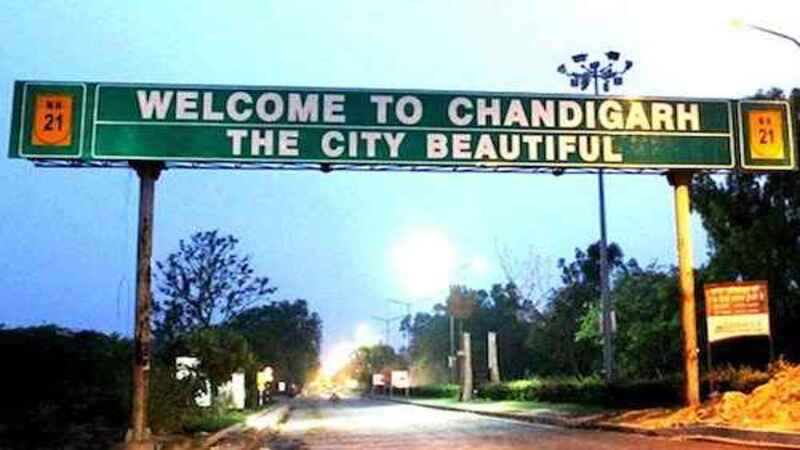Resident’s Welfare Association and Another vs. The Union Territory of Chandigarh and Others [SLP(C) No. 4950 of 2022)
Supreme Court stops “fragmentation” of residential units in Chandigarh
RELEVANT PARAGRAPH
153. Taking overall view of the matter, we are of the considered view that permitting redensification in PhaseI, which has heritage value, on account of being “Corbusian Chandigarh”, without the same being approved by the Heritage Committee, is contrary to the CMP2031 itself. The CMP2031 on one hand does not permit apartmentalization, however, on the other hand, it estimates the number of dwelling units to be triple of the plots available. Though on account of repeal of the 2001 Rules in the year 2007 and on account of Rule 16 of the 2007 Rules, the High Court itself holds that apartmentalization is not permissible; it goes on to hold that though the developers/builders are in effect indulging into construction of three apartments in a building, the same does not amount to apartmentalization. In our view, this would amount to permitting something indirectly which is not permitted directly. The authorities of the Chandigarh Administration are blindly sanctioning building plans, when from the building plans itself it is apparent that the same are in effect converting one dwelling unit into three apartments. Such a haphazard growth may adversely affect the heritage status of PhaseI of Chandigarh which is sought to be inscribed as a UNESCO’s heritage city. It is further to be noted that though the Chandigarh Administration is permitting one dwelling unit to be converted into three apartments, its adverse effect on traffic has not been addressed. With the increase in number of dwelling units, a corresponding increase in the vehicles is bound to be there. However, without considering the said aspect, one dwelling unit is permitted to be converted into three apartments.
166. We further issue the following directions:
(i) The Heritage Committee is directed to consider the issue of redensification in PhaseI of the city of Chandigarh;
(ii) Needless to state that the Heritage Committee would take into consideration its own recommendations that the northern sectors of Chandigarh “(Corbusian Chandigarh)” should be preserved in their present form;
(iii) The Heritage Committee shall also take into consideration the impact of such redensification on the parking/traffic issues;
(iv) After the Heritage Committee considers the issues, the Chandigarh Administration would consider amending the CMP2031 and the 2017 Rules insofar as they are applicable to PhaseI in accordance with the recommendations of the Heritage Committee;
(v) Such amendments shall be placed before the Central Government, which shall take a decision with regard to approval of such amendments keeping in view the requirement of maintaining the heritage status of Le Corbusier zone;
(vi) Till a final decision as aforesaid is taken by the Central Government:
a. the Chandigarh Administration shall not sanction any plan of a building which ex facie appears to be a modus operandi to convert a single dwelling unit into three different apartments occupied by three strangers; and
b. no Memorandum of Understanding (MoU) or agreement or settlement amongst coowners of a residential unit shall be registered nor shall it be enforceable in law for the purpose of bifurcation or division of a single residential unit into floorwise apartments.
(vii) We further direct that hereinafter, the Central Government and Chandigarh Administration will freeze FAR and shall not increase it any further;
(viii) That the number of floors in PhaseI shall be restricted to three with a uniform maximum height as deemed appropriate by the Heritage Committee keeping in view the requirement to maintain the heritage status of PhaseI; and
(ix) That the Chandigarh Administration shall not resort to formulate rules or byelaws without prior consultation of the Heritage Committee and prior approval of the Central Government.
167. Before we part with the judgment, we observe that it is high time that the Legislature, the Executive and the Policy Makers at the Centre as well as at the State levels take note of the damage to the environment on account of haphazard developments and take a call to take necessary measures to ensure that the development does not damage the environment. It is necessary that a proper balance is struck between sustainable development and environmental protection. We therefore appeal to the Legislature, the Executive and the Policy Makers at the Centre as well as at the State levels to make necessary provisions for carrying out Environmental Impact Assessment studies before permitting urban development.
